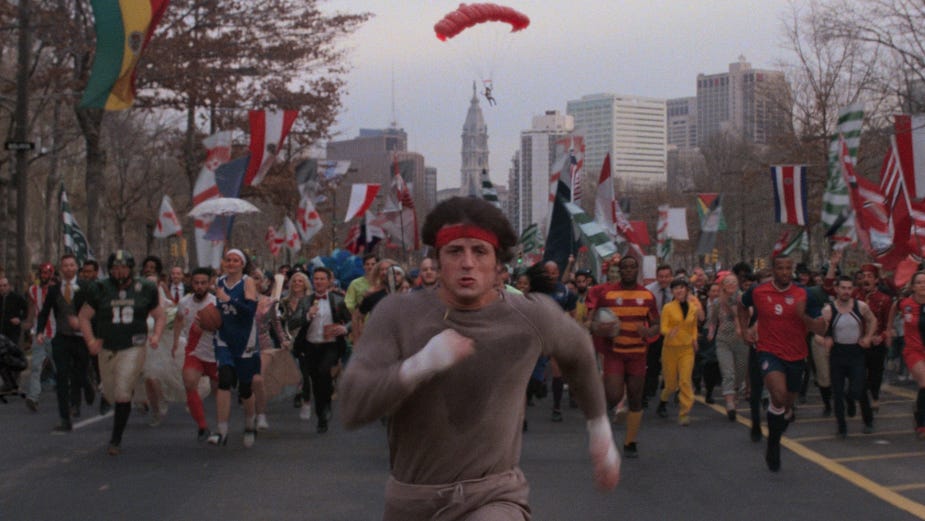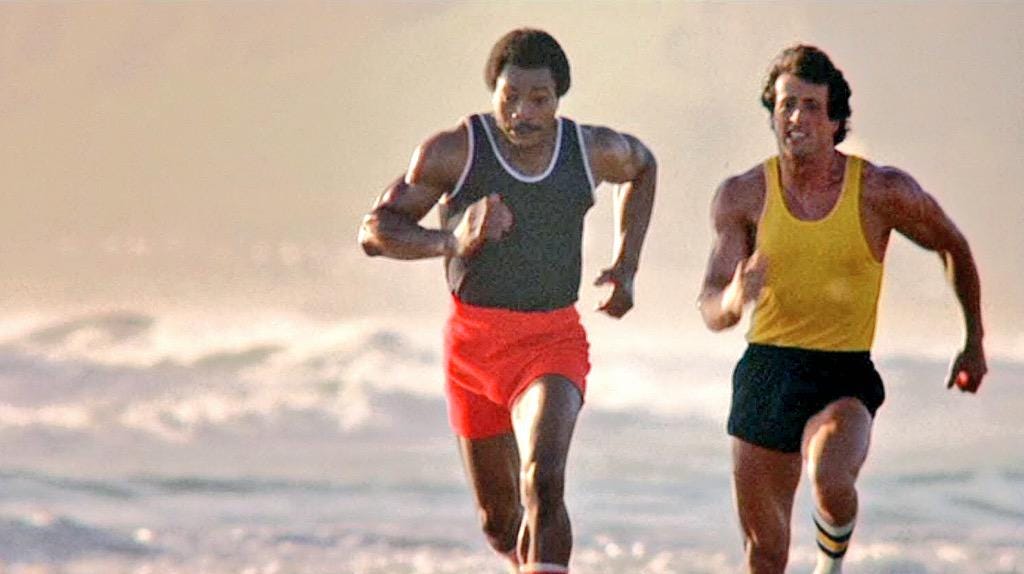About this time of year clients are starting to get beach ready and are asking for more cardio, so i’m going to give you some more of the same with the new meat leopard template. The idea behind this program is to integrate running with heavy lifting while keeping your hard earned gains. Let’s start by dispelling common misconceptions surrounding running.
Common Running Misconceptions
Running frequency and mileage need to be high to get results
Unless running is your sport, i’d recommend only a couple highly focused runs per week.
Running speed comes from better cardio
Eventually, yes. At first, it’s often just the tendons and ligaments in the ankles and knees that need to adjust to rebounding repeatedly more than it is about cardiovascular health lagging. The stiffer your tendons are, the better they can redirect elastic energy.
Every run should be difficult
You probably can’t sustain lifting maximally daily, why would you run maximally every day? Training should undulate volume and intensity to prevent injury and plateaus.
Running will ruin my gains
Probably not if done correctly and if sufficient calories are still being consumed. There is an interference effect if for example you do heavy squats and then go for a jog. However, that doesn’t mean you don’t improve. You just get slightly less strength and hypertrophy from the squats than you would if you didn’t go for a long light jog afterward.
Meat Leopard Template
The meat leopard program and template below was created to address these issues above and to allow the casual summer jogger to improve their cardiovascular fitness without getting shin splits or nagging injuries. The program can also be modified for off-season triathletes. The program is layed out to run on upper body days or in between days to minimize the interference effect. Keep in mind, some days your legs will be sore during running. That’s fine, it’s also to be expected.
Training Template
After a higher volume lower body session you may feel heavier while running, you didn’t actually get slower. You’re just sore but you will still reap the cardiovascular and soft tissue benefits from the run. Always remember the goal for the training session. If it’s a slow run, the goal is to build aerobic endurance and capacity. The goal isn’t to have a PR mile time. Contrary to popular belief, you can run slower sometimes and still see good results.
Before embarking on this program I would select one of the following 3 tests to complete before the program and afterward. This is how we can measure how well the program worked for you. There is no right and wrong test, it just depends what your goals are.
1.) 1 Mile Run Time
2.) 5K Run Time
3.) Max Distance for 12 Minutes
Next week’s article I’ll provide more examples on how to apply this template and fill in the blanks for an example program that you can take into your summer training.
Questions? Leave a comment below.






